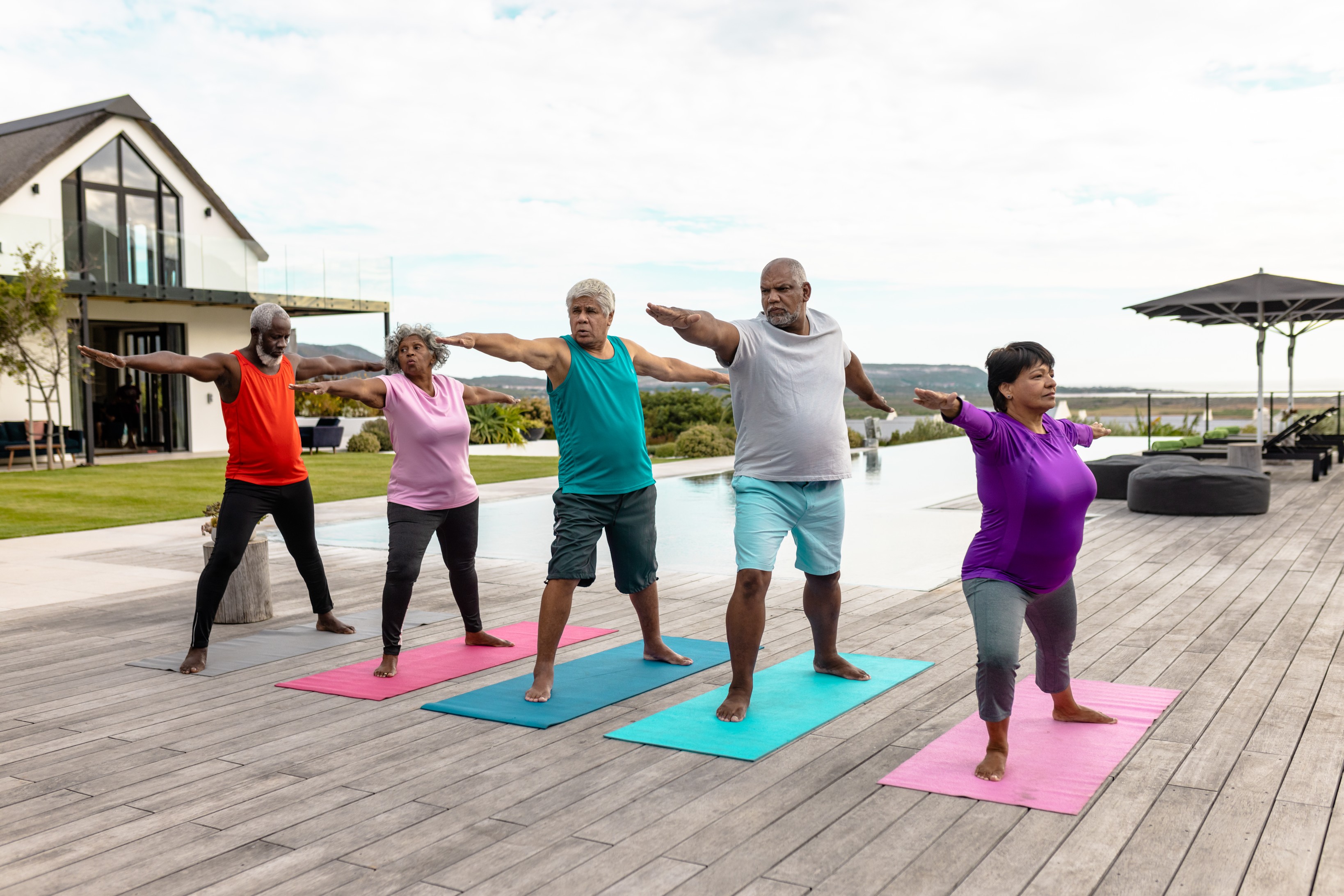Wellness Resorts: A Sanctuary for Mind, Body, and Spirit

Wellness resorts are redefining the travel experience by focusing on holistic well-being. These retreats provide a haven for guests seeking physical rejuvenation, mental clarity, and emotional balance. Nestled in serene landscapes, wellness resorts combine luxury with health-focused amenities to deliver transformative experiences. This blog explores the unique allure of wellness resorts, their defining features, challenges, and future trends that are shaping their evolution.
The concept of wellness travel has seen explosive growth in recent years, driven by increasing awareness of health and well-being. Wellness resorts appeal to travelers who view vacations not just as an escape but as an opportunity to recharge and reset.
Why Guests Choose Wellness Resorts
Holistic Healing: Guests seek therapeutic experiences, from spa treatments to yoga and meditation sessions.
Stress Relief: Wellness resorts provide a tranquil environment to disconnect from the pressures of daily life.
Preventive Health: Focus on nutrition, fitness, and mindfulness empowers guests to adopt healthier lifestyles.
Unique Experiences: From forest bathing to Ayurveda therapies, wellness resorts offer diverse, culturally rich experiences.
Wellness resorts are designed to nurture the mind, body, and spirit. Their offerings are carefully curated to deliver a holistic experience:
1. Serene Natural Settings
Many wellness resorts are located in picturesque locations like mountains, forests, or near water bodies, enhancing the healing experience.
2. Customized Wellness Programs
Guests can choose from tailored packages focused on weight loss, detox, stress relief, or spiritual growth.
3. World-Class Spa Facilities
From hydrotherapy pools to therapeutic massages, wellness resorts feature state-of-the-art spa services.
4. Healthy Gourmet Cuisine
Nutrition plays a vital role, with menus offering organic, locally sourced, and diet-specific options.
5. Fitness and Activity Options
Yoga, Pilates, hiking, and water sports cater to active travelers seeking physical rejuvenation.
6. Workshops and Retreats
Wellness resorts often host workshops on mindfulness, self-care, and wellness education.
Despite their growing popularity, wellness resorts face unique challenges:
1. High Operational Costs
Premium locations and specialized offerings require significant investment in infrastructure and staffing.
2. Guest Personalization
Catering to diverse health and wellness goals demands advanced guest profiling and flexible service delivery.
3. Sustainability Expectations
Eco-conscious travelers expect wellness resorts to adopt sustainable practices, which can be costly to implement.
4. Balancing Luxury with Wellness
Combining indulgence with health-focused amenities requires careful planning to meet diverse guest expectations.
5. Seasonal Demand
Many wellness resorts experience fluctuations in occupancy based on seasonal preferences.
Technology is transforming wellness resorts, enabling them to deliver personalized services and streamline operations:
1. AI-Powered Wellness Recommendations
AI tools analyze guest preferences to suggest customized wellness programs, activities, and dining options.
2. Virtual Consultations
Guests can consult with wellness experts before their stay to design personalized itineraries.
3. Wearable Integration
Wellness resorts provide fitness trackers and smart devices to monitor progress during a guest’s stay.
4. Digital Detox Programs
Apps and programs encourage guests to disconnect from screens and engage with nature and mindfulness activities.
5. Smart Room Features
Automated lighting, air purification systems, and sleep-enhancing technologies create a rejuvenating environment.
Sustainability is a cornerstone of the wellness resort ethos, aligning with the broader goals of holistic well-being:
Eco-Friendly Construction: Using sustainable materials and minimizing environmental impact during construction.
Renewable Energy: Solar panels, wind turbines, and energy-efficient operations support carbon neutrality.
Water Conservation: Recycling systems and low-flow fixtures reduce water usage.
Farm-to-Table Dining: Collaborating with local farmers ensures fresh, organic produce while reducing carbon footprints.
Wellness in Nature: Resorts focus on preserving and integrating natural landscapes into the guest experience.
Resorts like Ananda in the Himalayas and SHA Wellness Clinic in Spain have set benchmarks for integrating luxury, wellness, and sustainability.
The wellness resort industry is evolving rapidly, driven by shifting traveler preferences and global trends:
1. Personalized Wellness Journeys
AI and data analytics enable resorts to craft hyper-personalized wellness programs for each guest.
2. Mental Health Focus
Increasing emphasis on mindfulness, therapy sessions, and stress-relief techniques to address mental health challenges.
3. Hybrid Work-Wellness Packages
Resorts cater to remote workers with work-friendly amenities and wellness activities.
4. Immersive Cultural Experiences
Integrating traditional wellness practices, such as Ayurveda and Chinese medicine, into the resort experience.
5. Wellness Tourism for Families
Expanding offerings to include wellness programs for children and family-friendly activities.
Platforms like AiDOOS can help wellness resorts overcome challenges and embrace opportunities through:
Technology Integration: Implement AI tools, wellness tracking systems, and digital detox programs seamlessly.
Talent On-Demand: Access specialists for designing wellness programs, creating tech solutions, and marketing campaigns.
Sustainability Solutions: Develop eco-friendly initiatives, from renewable energy projects to waste management systems.
Operational Streamlining: Optimize staffing, scheduling, and resource allocation for efficiency.
Personalization Projects: Leverage data analytics to create tailored guest experiences that align with wellness goals.
Wellness resorts are redefining hospitality by offering a sanctuary for healing and transformation. By embracing innovation, personalization, and sustainability, these resorts can continue to thrive in an increasingly health-conscious market. Platforms like AiDOOS can empower wellness resorts to deliver exceptional guest experiences while maintaining operational excellence, ensuring they remain a preferred choice for travelers seeking balance and renewal.

For modern telecom enterprises, delivering exceptional QoS is no longer optional—it’s a brand differentiator and a strategic lever for growth. Static provisioning models won’t cut it in a world of hyper-dynamic data usage.